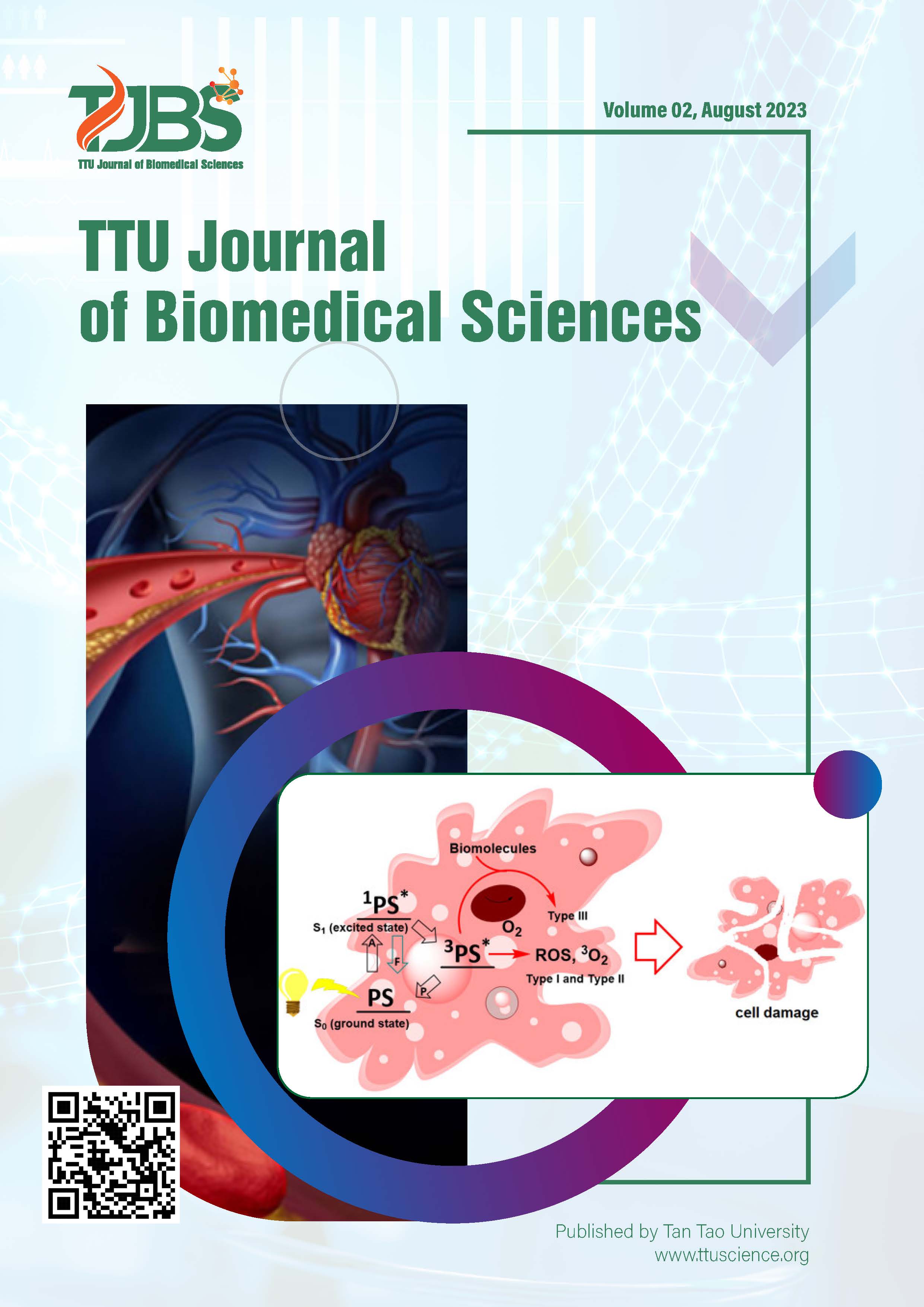
Thyroiditis – A Clinical Update and Review
- Articles
- Submited: October 10, 2023
-
Published: October 20, 2023
Abstract
Purpose: Thyroiditis refers to a set of inflammatory disorders involving the destruction of normal thyroid follicular tissue. Each disorder has distinctive histology and pathology. Understanding each condition in the thyroiditis frame is crucial for physicians.
Main: This review categorizes thyroiditis into two groups based on the presence or absence of tenderness: painful and painless. This paper reviews the primary etiologies, diagnostic modalities, and treatment options for each condition. The painful thyroiditis comprises subacute, infectious, radiation, trauma-induced thyroiditis, and rarely Hashimoto’s thyroiditis. The painless group consists of subacute lymphocytic thyroiditis, postpartum thyroiditis, drug-induced thyroiditis, and fibrous thyroiditis.
Findings: In the painful group, the primary etiology of subacute thyroiditis is viral, including SARS-CoV- 2, which has been reported recently, and the main etiology of the infectious subgroup is bacterial infections. Symptom management and pain relief are the mainstays of treatment for painful conditions. The painless group typically progresses from transient hyperthyroidism to euthyroidism to hypothyroidism before resolving. Autoimmune and genetics, HLA-DR3, likely contribute to subacute lymphocytic thyroiditis. Certain medications, including interferon-alpha (HVC management), IL2 Tyrosine-kinase inhibitors (cancer management), amiodarone, lithium, and check-point inhibitor immunotherapy (CTLA-4 and PCD-1) are found to be related to thyroiditis. Fibrous thyroiditis is usually associated with systemic fibrous disease.
Conclusion: A comprehensive understanding of each thyroiditis condition’s etiology and clinical presentation is important to accurately diagnose, appropriately manage, and counsel patients on the risk for permanent hypothyroidism that may require long-term thyroid replacement therapy
